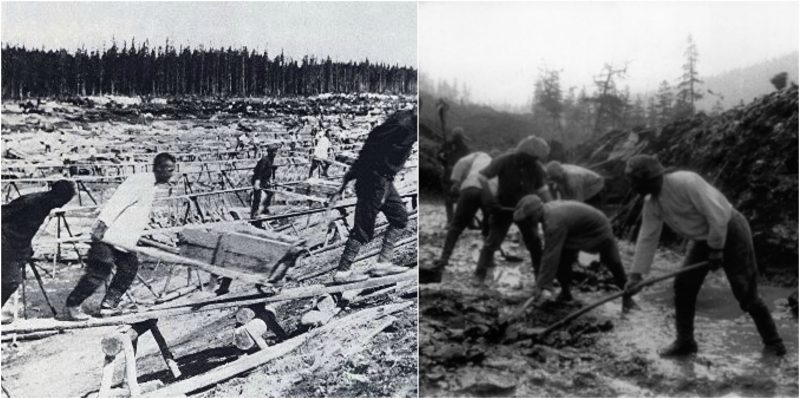GULAG is the Russian acronym for the Chief Administration of Corrective Labor Camps and Colonies of the Soviet Secret Police. The GULAG system was introduced to isolate and eliminate class-alien, socially dangerous, disruptive, suspicious, and other disloyal elements, whose deeds and thoughts were not contributing to the strengthening of the dictatorship of the proletariat.
Under the rule of Stalin, the Gulag reached its peak. By 1934 the Gulag had several million inmates. Stalin used the Gulag to maintain the Soviet state by keeping its population in a constant state of terror. Many of the people in the Gulag were sent for minor “crimes” such as telling jokes about government officials.
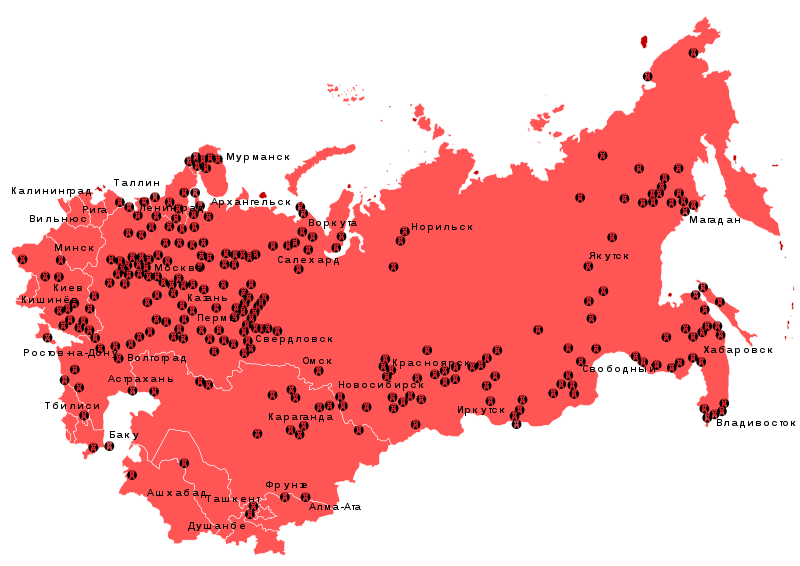
Between 1929 and 1953, 18 million people passed through this Gulag system – many of them never came back.
The Gulag also held political prisoners, those who were considered enemies of the Soviet regime; anyone who stood out as a small threat was sent to a penal camp. The majority of the political prisoners who were sent to Gulag prison camps were innocent and weren’t even given a trial. Most of these people were arrested and sentenced based only on the suspicions of being “anti-Soviet.” Political prisoners constituted no more than 25% of the total prison camp population at any one time.
When married men were sent to a Gulag labor camp, the wives and children they left behind were victimized as well. Friends and neighbors might turn against them, for fear of associating with “wives of enemies of the people.”
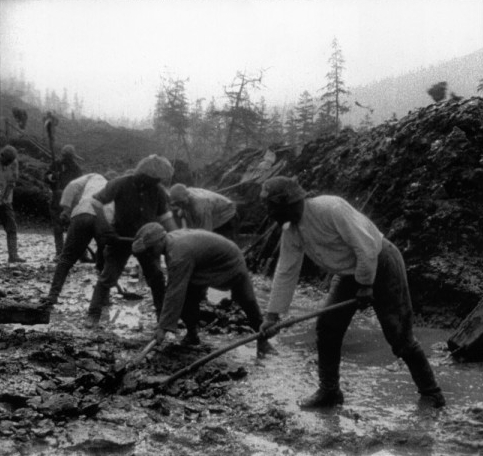
The transportation to the Gulags was often much more disturbing and painful than the labor camps themselves. They were taken to the camps by trains, and it was usual for up to sixty or more people to be crammed into one carriage. These were usually constructed from wooden planks and had only a few rows of horizontal boards to sleep on. The general lack of sanitary conditions led to widespread dysentery and disease that often proved to be fatal. During the trip, prisoners had to deal with extremes in temperature. They suffered from viciously cold temperatures in the winter and unbearably hot temperatures in the summer. Some prisoners, weakened by lack of food and sickness, died of exposure.
The first days in prison were shocking for the new inmates. The conditions in the prisons were horrifying. The cells were so overcrowded that there was almost no place to sleep. Political prisoners received the worst treatment. The prisoners were woken at dawn and given only a little time to ready themselves for the day ahead.
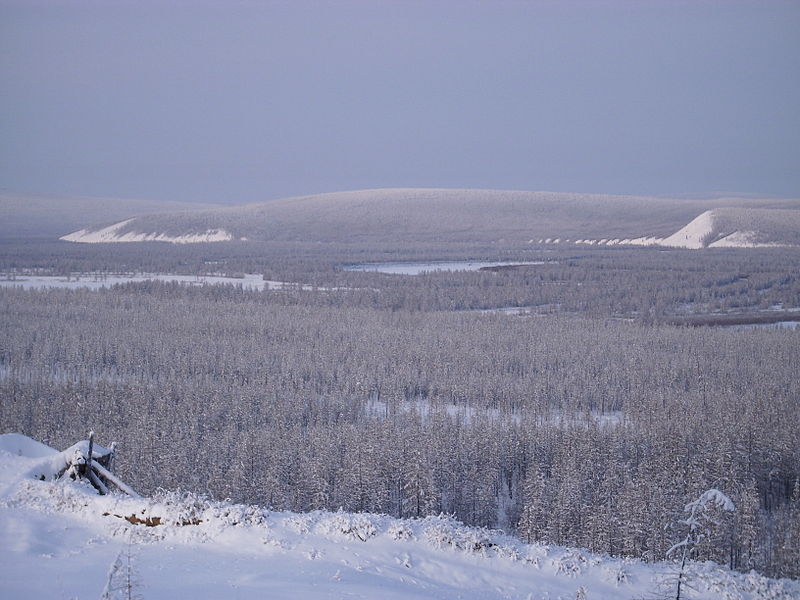
The prisoners were fed based on the amount of work they had completed that day. But most of them would overwork themselves and cause more problems for themselves. Much of one’s existence in a labor camp was dictated by hunger. Food and the lack thereof dominated the thoughts and actions of the prisoners.
Perhaps the most important element in a person’s survival in labor camps was where he or she worked. There was an endless variety of jobs in the labor camps. Certain jobs would almost surely lead to death, while others allowed prisoners to scrape by with access to the most basic of amenities. The hardest were usually outdoor jobs that exposed the prisoners to the brutal elements.
The white sea canal was built by the prisoners in the Gulags. It was built in 20 months between 1931 and 1933. More than 25,000 lives were lost until the project was done.
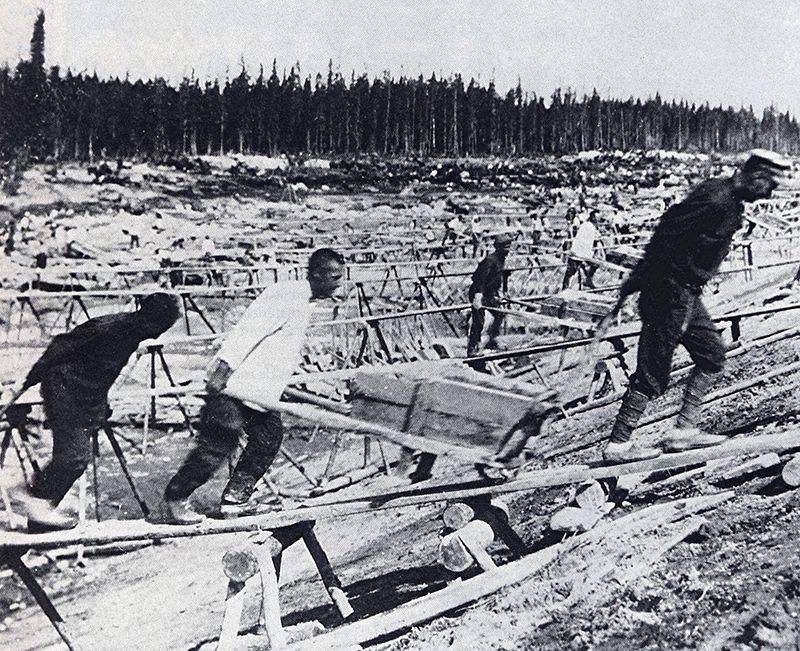
The work in the camps was so horrific that prisoners would go to astounding lengths to avoid it. One prisoner recalls a man who, “cut his hand off with an axe to get into the hospital to relax for at least a couple of days.”
Unfortunately, these conditions would constitute a paradise compared to what happened after the German invasion of the USSR in June 1941. Nearly all the nation’s resources were diverted to the front lines, and death rates skyrocketed as food and medicine became scarce, if not wholly unavailable. Scattered reports, including those penned by Solzhenitsyn, indicate that cannibalism did occur on occasion.
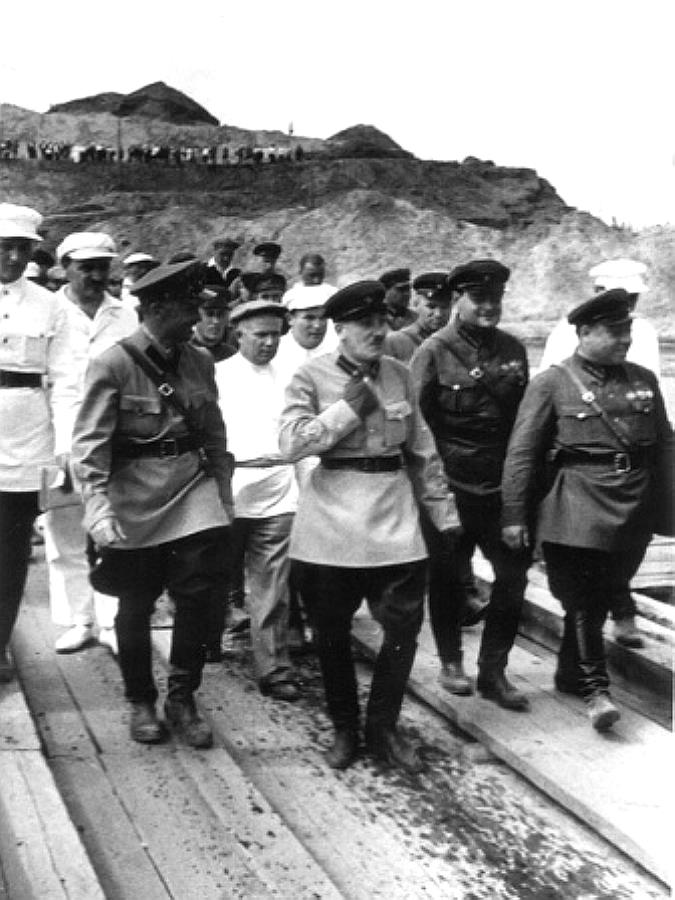
Though very well known inside the Soviet Union, the very name Gulag became familiar in the West only after the publication of Aleksandr Solzhenitsyn’s “The Gulag Archipelago” (1973) which compared the scattered camps to a chain of islands.
